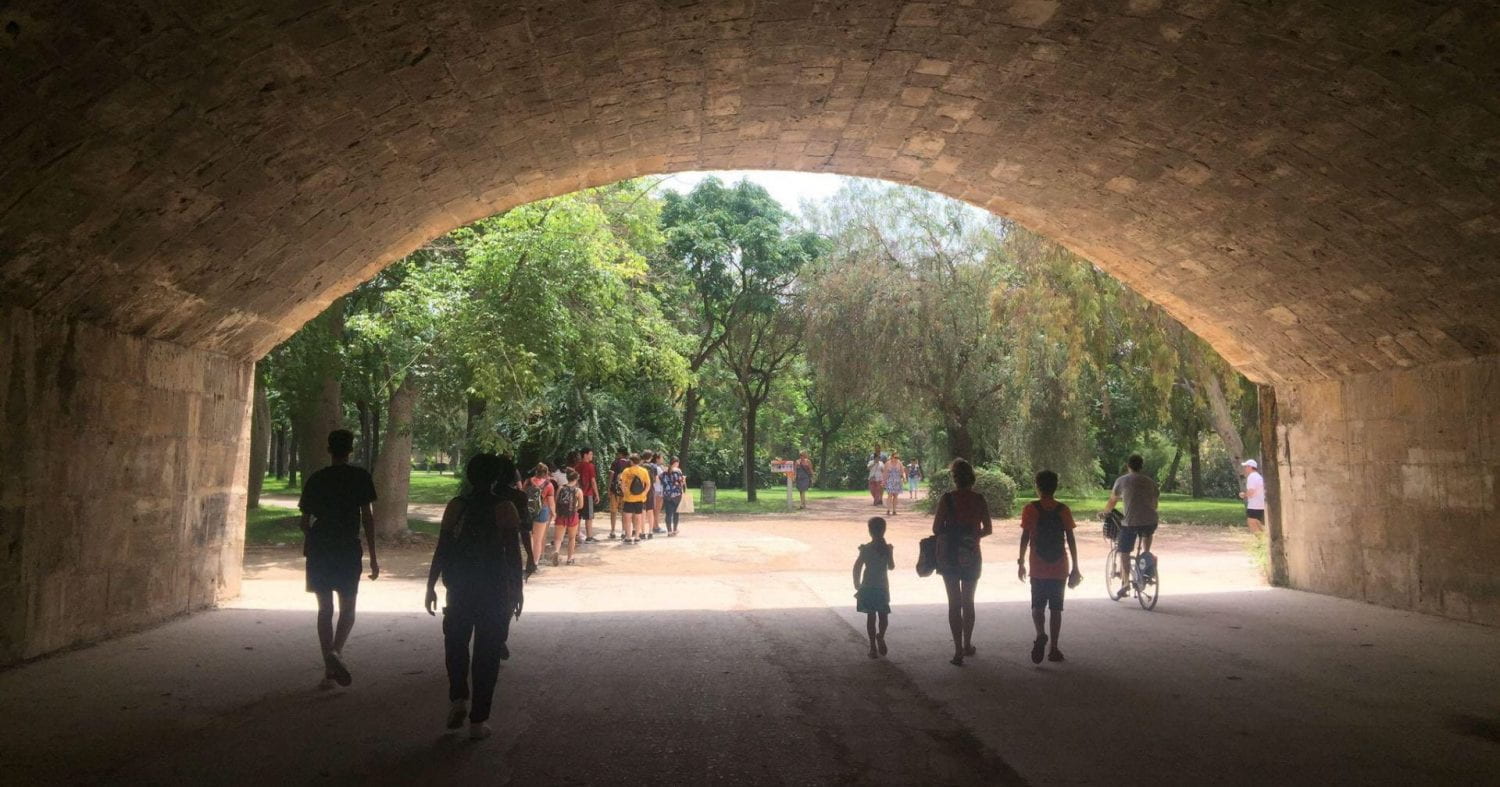Give three compelling examples of how cultural issues affect your project.
The most basic cultural issue that will affect our project is the language barrier. While this may be slightly simplified by having a translator, there are many other issues a language barrier entails. When working with a community to help solve a problem, change a system, or other forms of impact, connecting intimately with the community is important. This doesn’t just mean asking what problems may exist, finding out ways to make a change, and then putting changes into action. It is so important to really understand a problem. Not every community will want a certain problem fixed. Not every community will want a certain problem fixed in the way we may suggest. Not every community will see change and social innovation in the way we do. When you fluently understand a language, from the hidden expressions to slang to unspoken words, you can really get a better grasp of what a community communicates to you. It might be difficult to really grasp whether or not people want certain changes. But no matter what, the community comes first. It is up to us to do our best to push past the language barrier and really try to understand what a community wants, and how best to implement changes.
Another cultural issue that may affect our project is the position we hold as foreigners in a new country. The image of a “savior” that many people carry when coming to an LMIC, or any country they want to maybe make change in, is very significant. A lot of people think that just because they come from a more developed country, especially from America, they have a certain level of prestige or status above the people of the other country. This mentality has been very harmful when people assume what a country needs and end up bringing more disaster and damage than there may have been before they came. Many people in these countries are aware of this, and may be hesitant to put social innovation and local change in the hands of foreigners. So, it is very integral that we establish trust.
A final cultural issue that we may face is misunderstanding social and cultural queues. We have to be careful with the way we respond and express ourselves, so that we are not unintentionally rude or inconsiderate. Again, this is key to building trust.
Have you experienced or observed any of these social situations at home? Describe at least three such situations.
At my boarding high school, which was my home for four years, I quickly noticed that many black and latinx students in the community wanted a cultural space where they could just be themselves and connect with the few other black and latinx students in a predominantly white school. So, after really connecting with a lot of the students in need, I started a Black and Latinx student union to help meet that cultural need.
Another cultural issue I occasionally saw at my high school were roommate pairs who misunderstood each other’s social and cultural queues. Many roommate pairs came from different countries, so their individual cultures could be drastically different. This created some issues from time to time, when one roommate may have come off as rude or inconsiderate after a misunderstanding.
Another final cultural issue I observe more often is the language barrier between my family members and some American people. They all speak fluent English, however, their accents can be hard for some Americans to understand. Many times my mother has been on the phone with a customer service line, and after being misunderstood several times, asks me to help express what she wants to say. This can be a difficulty for many Americans with accents.
Give three examples of cultural practices that can be leveraged to addressed community / market problems.
Social gatherings are a cultural practice that many people take part in across the globe. I have been lucky to experience the social gatherings of my own different cultures and other cultures from around the world. Each time, I have felt so much more connected to the people I am gathering with. These can be used to build connections in communities, build trust, and help people find those they can leverage for community needs.
Another practice that could help address community problems are local councils. Many communities make smaller councils where they can voice their concerns with each other and people they trust to speak for them or help them speak for themselves. This could be a great way to hear unfiltered, authentic opinions about the actual problems a community faces everyday.
A final practice could be a community project. Often times, when there is a clear problem that everyone agrees should be addressed, bringing the community together to help fix that problem can be beneficial in many ways. The skills of every person can be leveraged toward a common goal, the people of the community can feel directly involved in the change they will see, and the community comes together for a positive impact.
